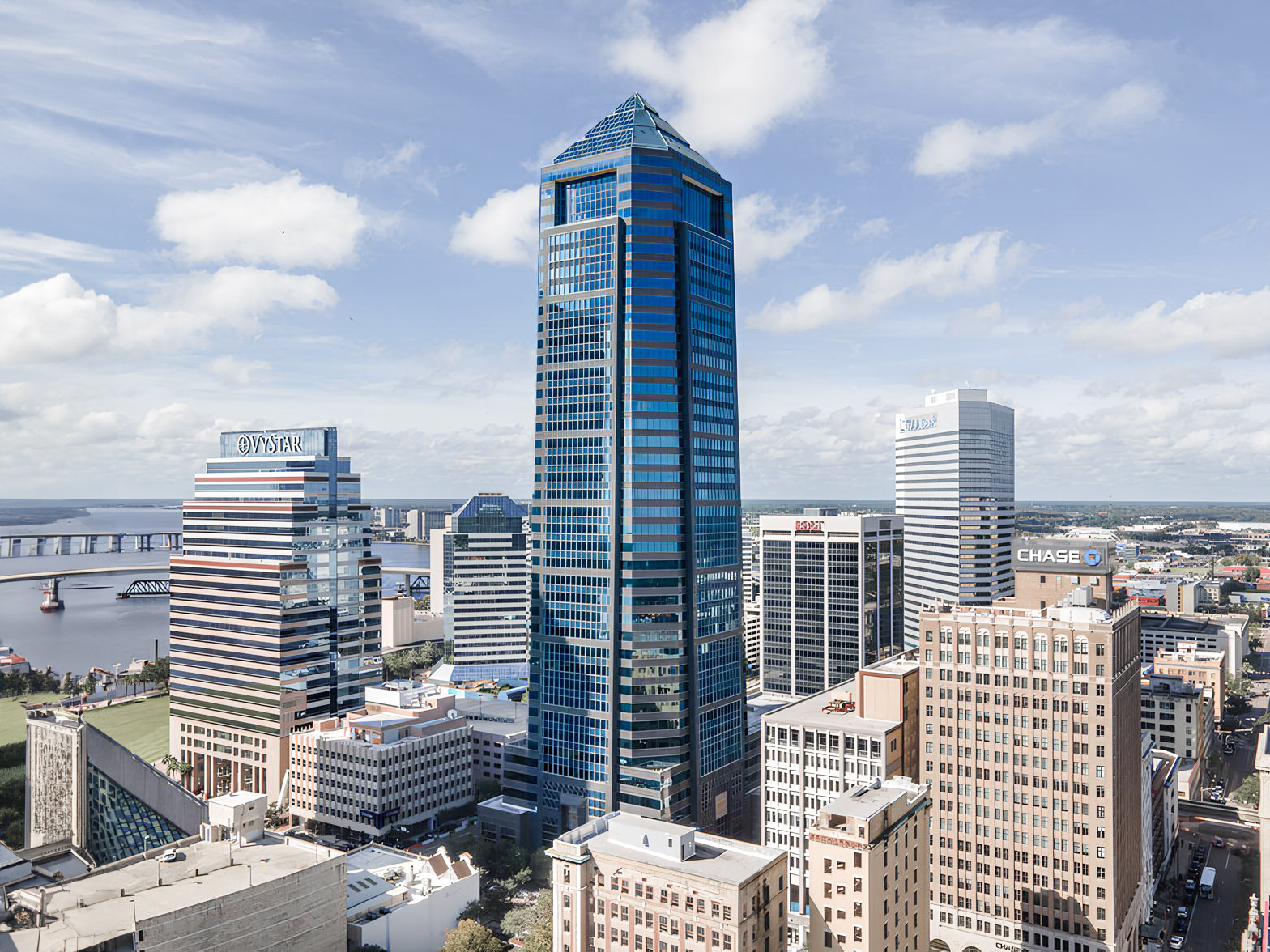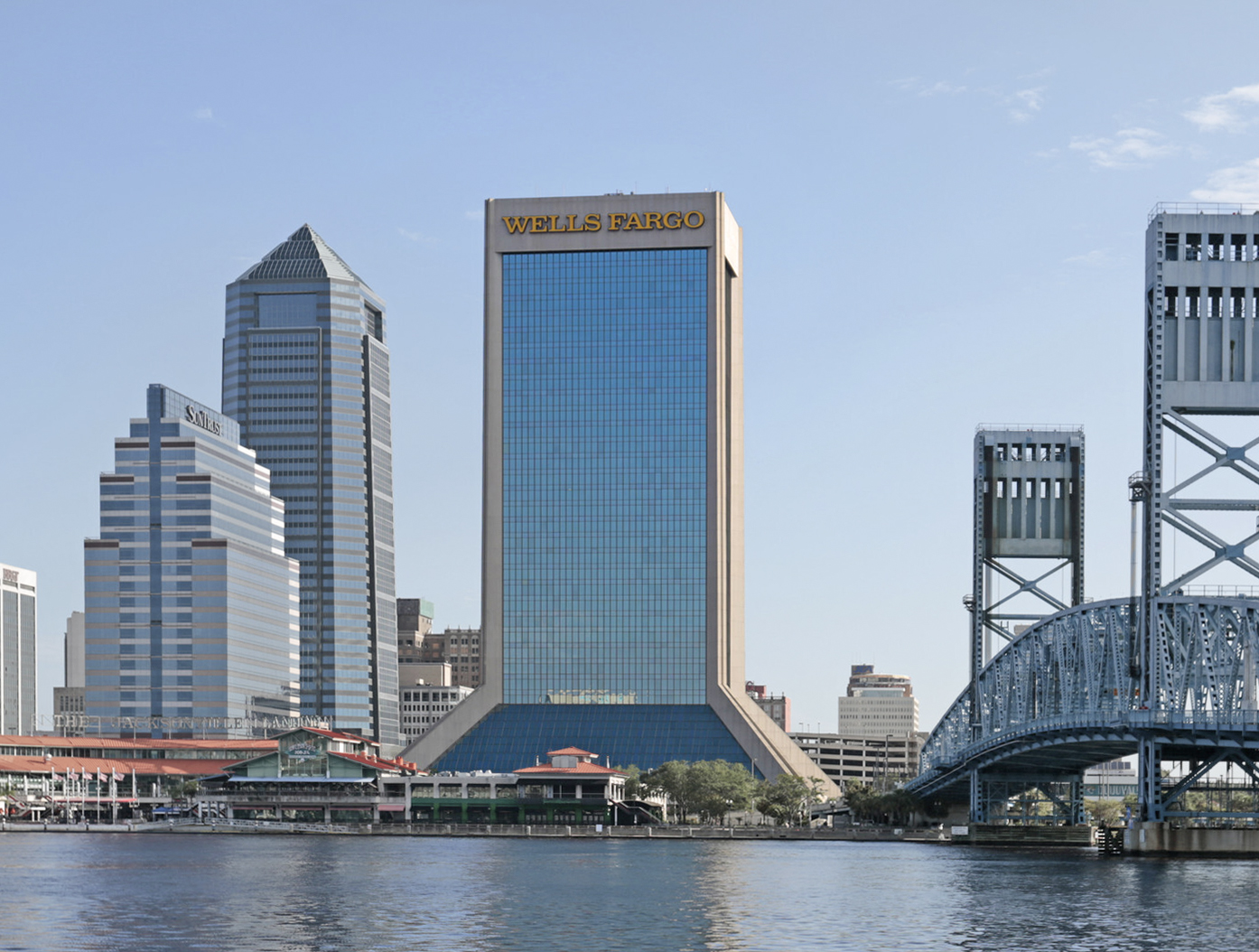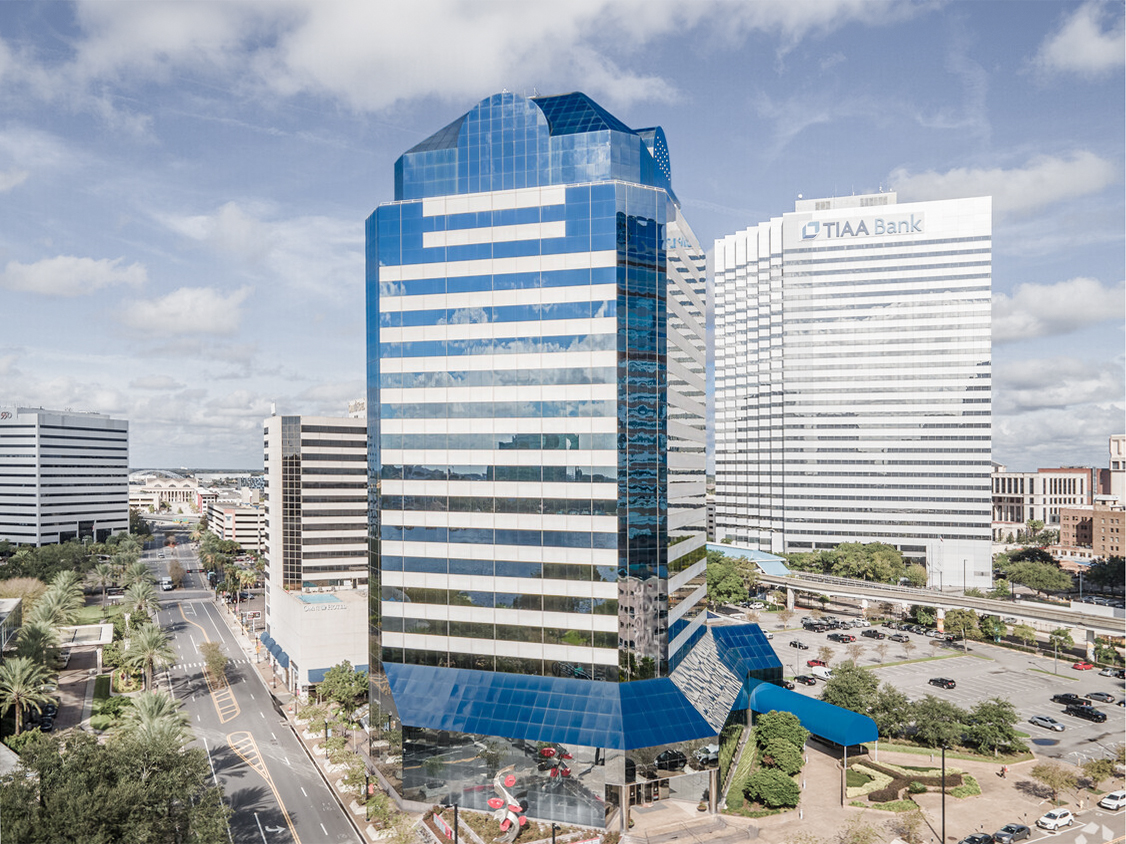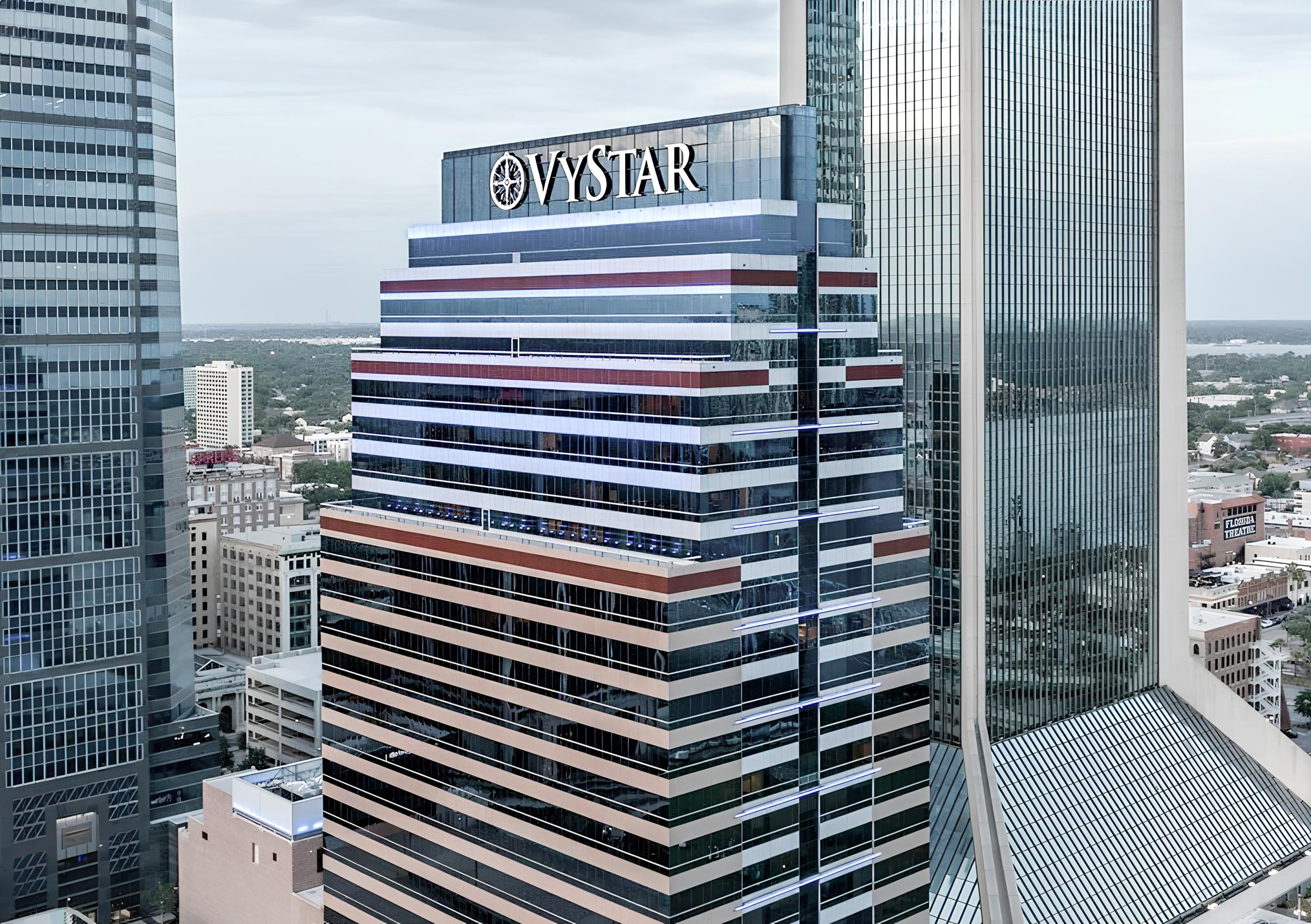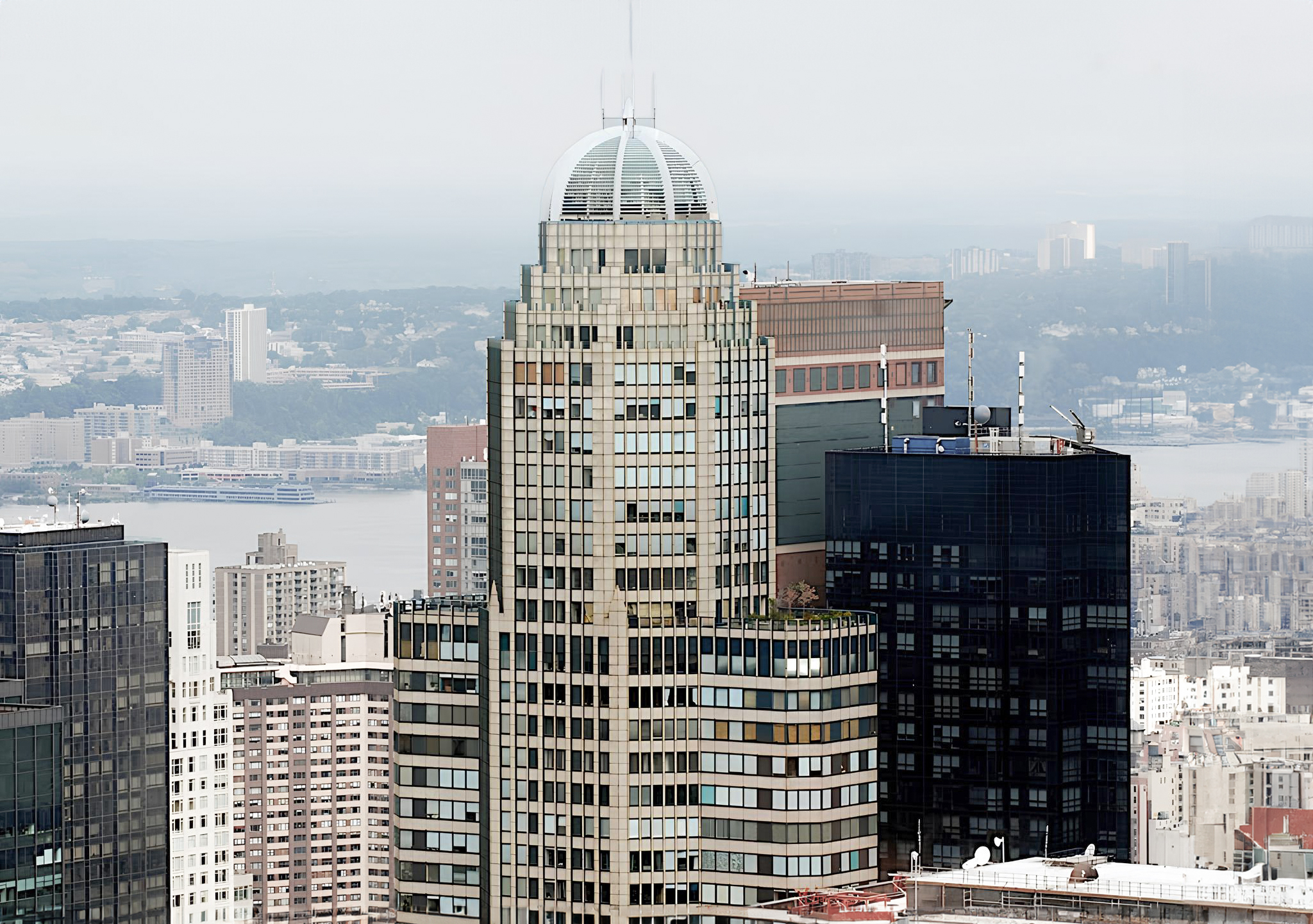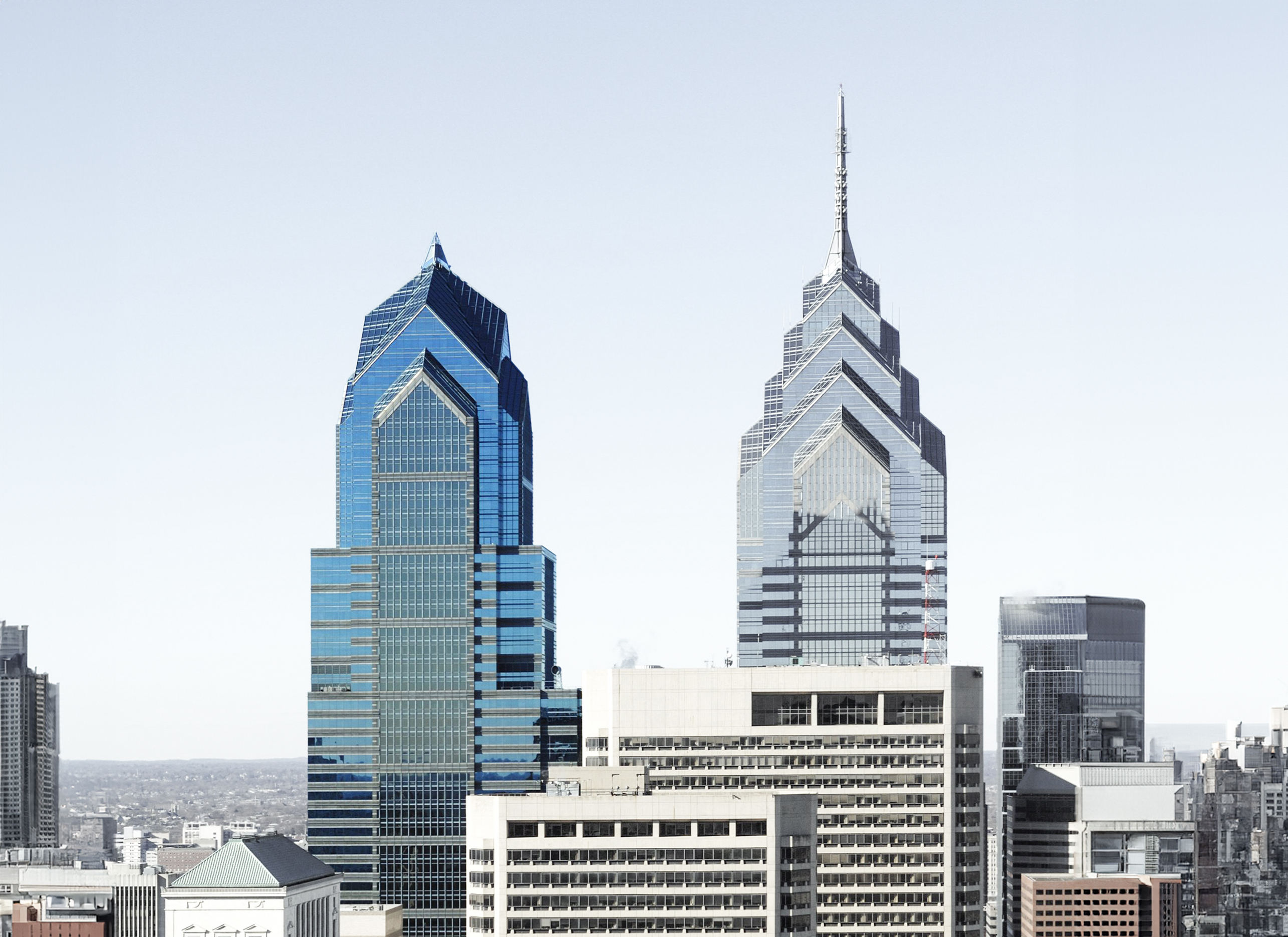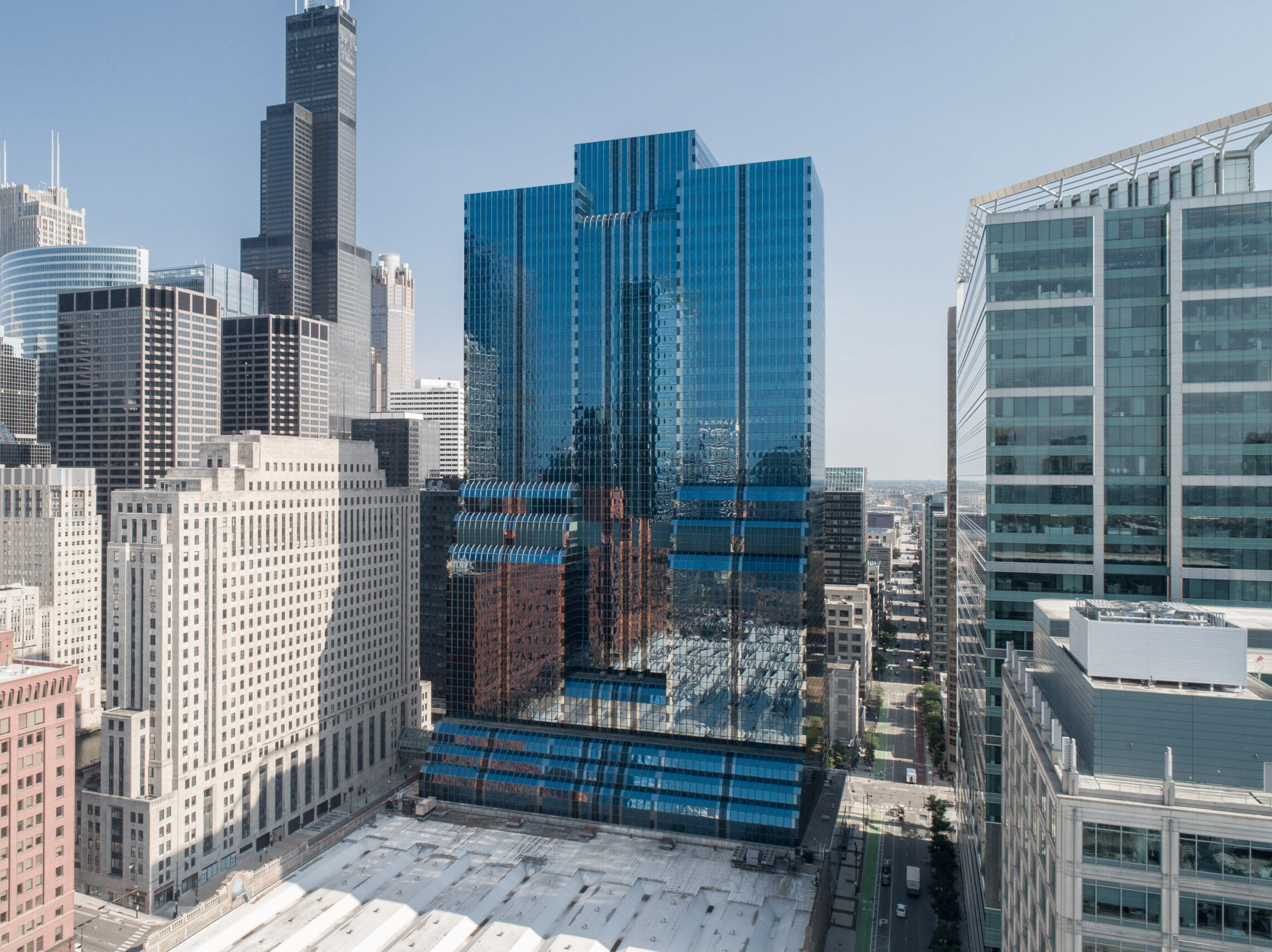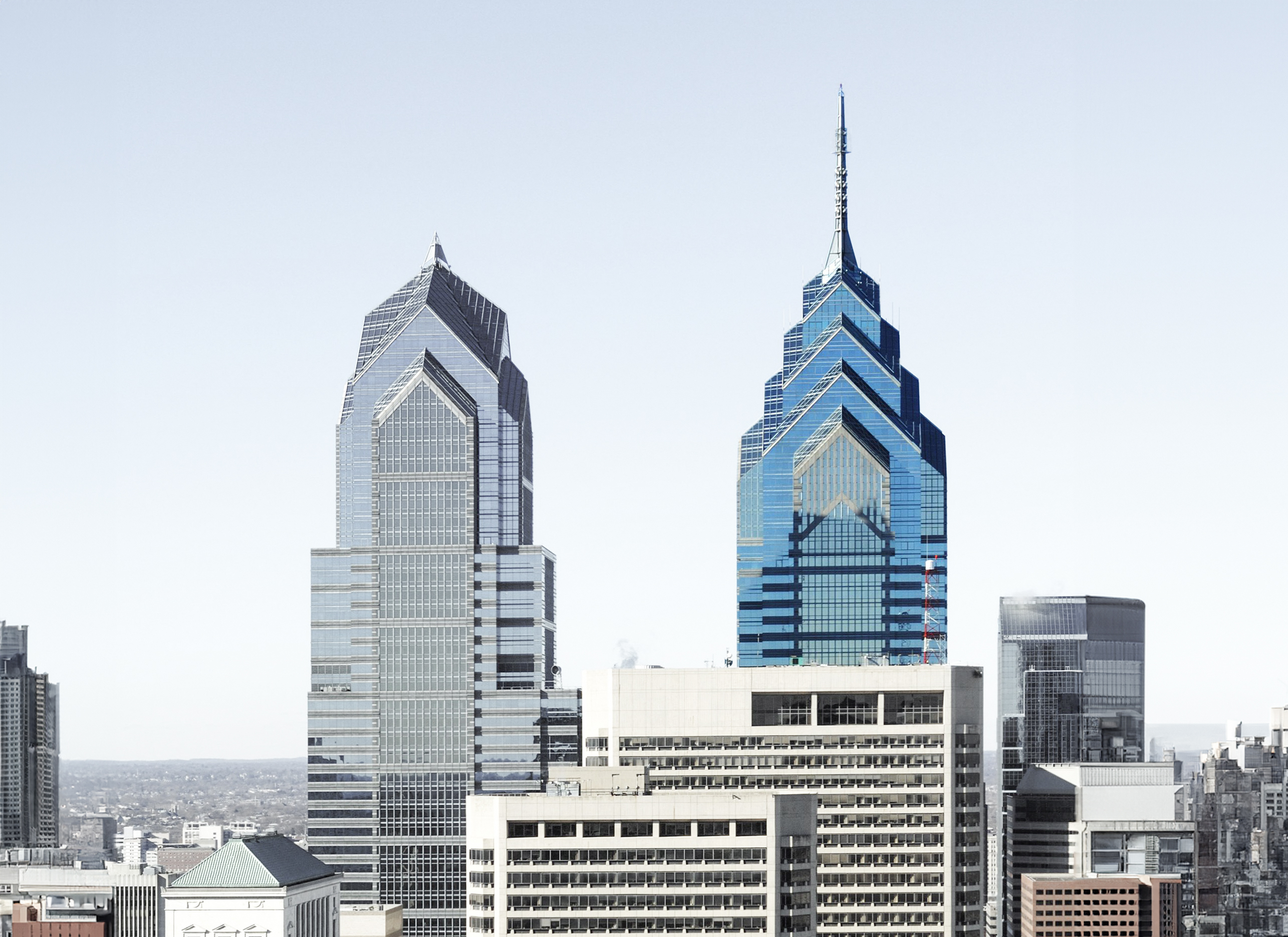The Bank of America Tower is a Postmodernist skyscraper designed by Murphy/Jahn Architects, with Helmut Jahn as lead architect, and built between 1987 and 1990 in Jacksonville, FL.
Bank of America Tower is not the only name you might know this building by though. It is common for companies to want to attach their names to iconic buildings when they move in, or for the general public to come up with nicknames, and this one is no exception. The building has changed names several times over the years, and is also known as:
- Barnett Center between 1990 and 1997.
- Nationsbank Tower between 1997 and 1999.
Its precise street address is 50 North Laura Street, Jacksonville, FL. You can also find it on the map here.
The parking of the Bank of America Tower is on a seven-level building adjacent to the tower.
The building underwent a major restoration in 2025. The architect commissioned to undertake this restoration was RGD Consulting Engineers.
